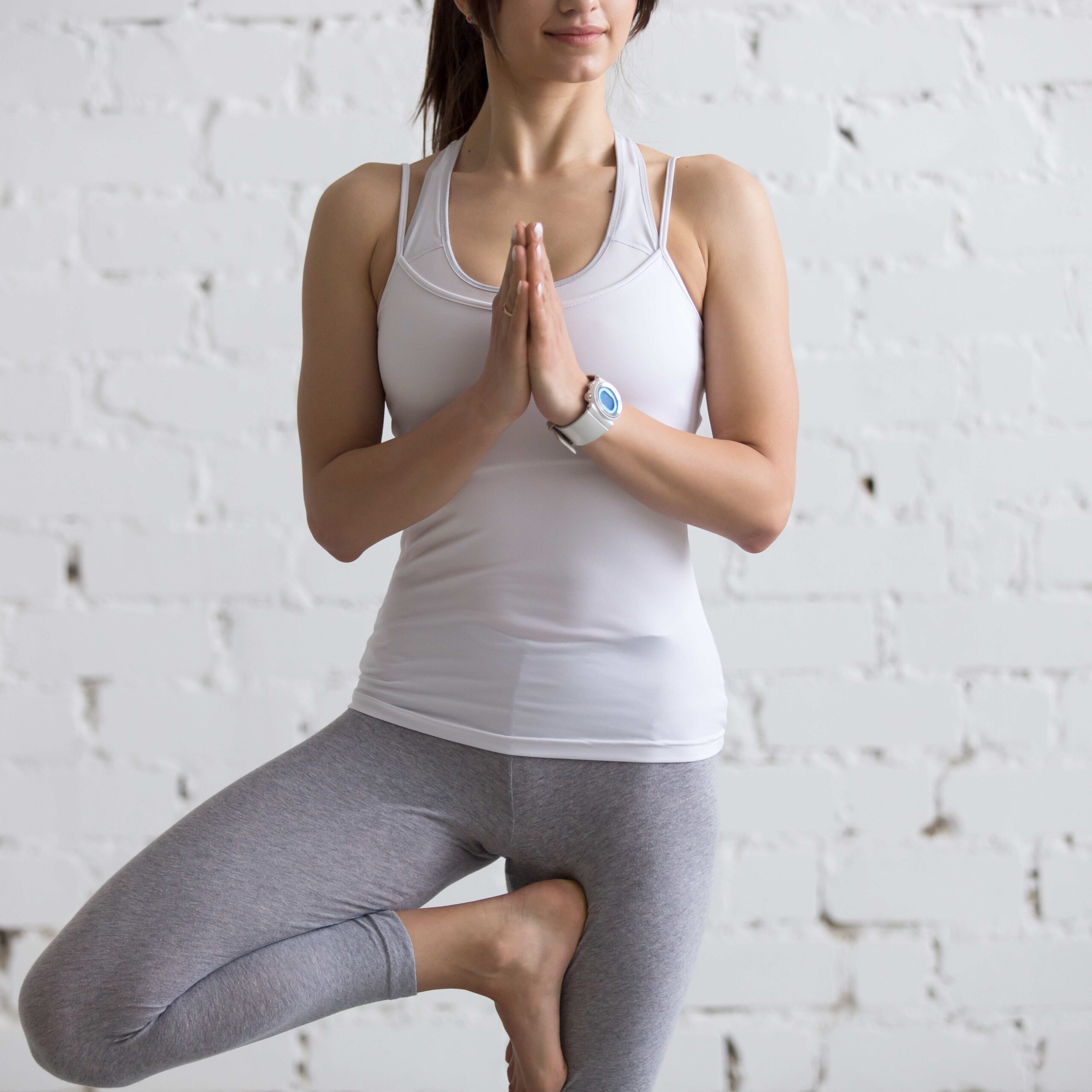The focus of good balance is more than just remaining steady on our feet. We believe balance goes much deeper than just our physical body. We prefer to look at Balance in three different ways: physical, mental and emotional. These three elements all combine and have an important part to play in helping us to maintain our wellbeing.
Good balance is essential for maintaining our physical health, allowing us to maintain stability and control over our movements. Having good balance helps us to avoid falls and injuries, which can have serious consequences, especially for older adults. Simple daily activities can test our balance, such as looking behind suddenly, carrying heavy items or reaching up to a high shelf.
Many sports and activities require good balance, including activities such as surfing, skiing & snowboarding, and skating. With good balance you are better able to perform complex movements and maintain their position during sudden changes in direction or acceleration, allowing you to safely enjoy a range of sporting activities. Let’s face it, no-one wants that skiing holiday ruined due to falls and injury.
Balance also plays an important role in maintaining good posture, which is essential for spinal health. Poor posture can lead to chronic pain, fatigue, and even injury, whereas good posture helps to keep the body aligned and reduces the risk of back and neck problems, especially as so many of us spend multiple hours on screens.
How can we Improve our Physical Balance?
Balance exercises: Practicing specific exercises designed to improve balance can be extremely effective. Examples of exercises include standing on one leg, standing on the balls of the feet or heel-to-toe walking.
Yoga & Pilates: These practices often include balance-focused movements and poses, such as the tree pose or the warrior III pose, which can help improve balance. Moving in and out of these poses also builds our ability to find balance when the body is in motion.
Strength training: Building strength in the muscles that support your core and lower body can also improve balance. Exercises such as squats, lunges, and leg lifts can help strengthen these muscles.
Proprioception training: Proprioception is your body’s awareness of where it is in space. Training exercises that challenge your body’s proprioceptive system, such as balancing on an unstable surface or closing your eyes while standing on one leg, can help improve your balance.
Mindful movement: Being present and mindful during movement can also help improve balance. Focus on maintaining good posture and engaging your core muscles while performing everyday activities like walking, standing, and bending over.
The good news is that with regular practice your balance will improve. So by integrating balance exercises into our daily routine we build and maintain good balance for years to come.

